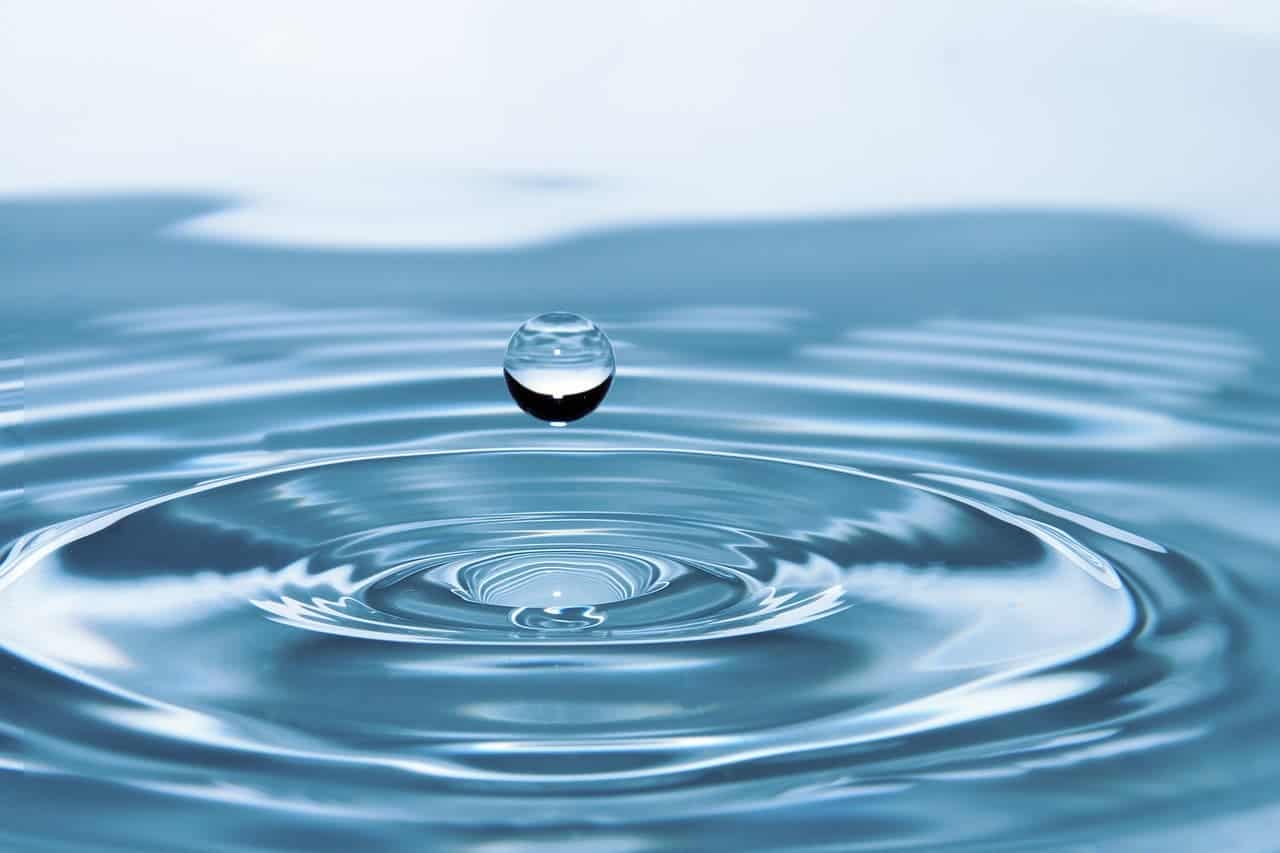WD-40's secret sauce for over 60 years has made it world famous.

Today we find out what's really inside WD-40. Can you really use it on all applications or are there some areas where another lubricant is better.
WD-40 is said to be suitable for lubricating all parts and certainly does a good job on most of those claims. This "secret formula" seems to have endless applications where some oils have just one. Is it just oil or are there different properties that let WD-40 perform better than competitor products.
What is WD-40 made of?
We start by looking at the name on the can! WD. Is it the founder's name? It turns out WD actually has some significance to the product itself.
A. What does "W-D" in WD-40 stand for?
WD stands for Water Displacement, WD-40 Multi-Use Product is a unique, special blend of lubricants. The product’s formulation also contains anti-corrosion agents and ingredients for penetration, water displacement and soil removal.
Source: WD-40

Property 1: Water Displacement
Water displacement is important because when you spray a product it rapidly displaces moisture from metal pores and recesses, leaving a thin, transparent film that seals out moisture.WD-40 has some videos that shows one of these properties by demonstrating surface tension, or its ability to "repel" other compounds. A lower surface tension indicates better water displacement properties.
Property 2: Creeping Properties
What are creeping properties? Creeping properties are determined by the lubricant ability to enter pores, cavities and holes to lubricate deeper parts of the workpiece and metal.
The are that the product spreads indicates its creeping properties. While WD-40 spreads across the surface better - it is important to note that the amount of liquid is the same. This means that it can enter smaller areas (better than the competition) but it does not mean it is suitable for applications that require a thicker lubricant coat.
Property 3: WD-40 is not petrol
It will not be able to power your car. Just lubricate its parts. WD-40 is made up of mineral oil. This is the case with most lubricants. Some modifications are done to ensure it is more safe for the environment.
Source: WD-40
B. Whats the gas in WD-40?
Property 4: Non Flammable CO2 Gas
WD-40 uses CO2. This is important because when you are using a lubricant in flammable areas it should be safe.
Here is a spark plug test. WD40 works in the range of -50C to +150C at the time of writing this article.
Please note the above video is by WD40 in a controlled environment. We do not suggest you attempt to recreate these conditions as the flammable LPG may cause injury, death or damage to your parts.
Property 5: Gas to Liquid Ratio
Are you really paying for what you get? Lots of companies state that their propellant empties the can, or allows more forceful spraying. As in the video above, this is likely to come from the use of a flammable propellant such as LPG.
LPG takes much more space in the can than CO2.
As a result, by using CO2: you can have more liquid to spray on your workpieces. Water displacement is also primarily done by the chemical and not by the liquid.
Where can WD-40 be used?
WD-40 has some compelling properties to be a workshop essential covering a variety of applications. There are virtually unlimited uses for this multi purpose oil. The convenient thing about WD-40 is that it comes in small and large packing sizes for all areas of use.
The question should be "How long can WD-40 last in a specific application?"
Where should you use something other than WD-40?
As with any product: there are basic versions and specialized oils.
Depending on the application you are looking for : it is sometimes necessary to look for a lubricant with higher viscosity or higher temperature resistance.
For example - WD40 can remove some rust, but you may use their special rust remover soak to remove rust more quickly.
At President Trading, we distribute WD-40, and also WD-40 Specialist : a range of lubricants that cover some needs and areas which require more tailored solutions.
Feel free to drop us a mail with your application to find out more.


![Top 3 Family Friendly Cycling Routes in Singapore [2021]](http://shop.president-trading.com/cdn/shop/articles/Top_3.png?crop=center&height=18&v=1623550640&width=20)

